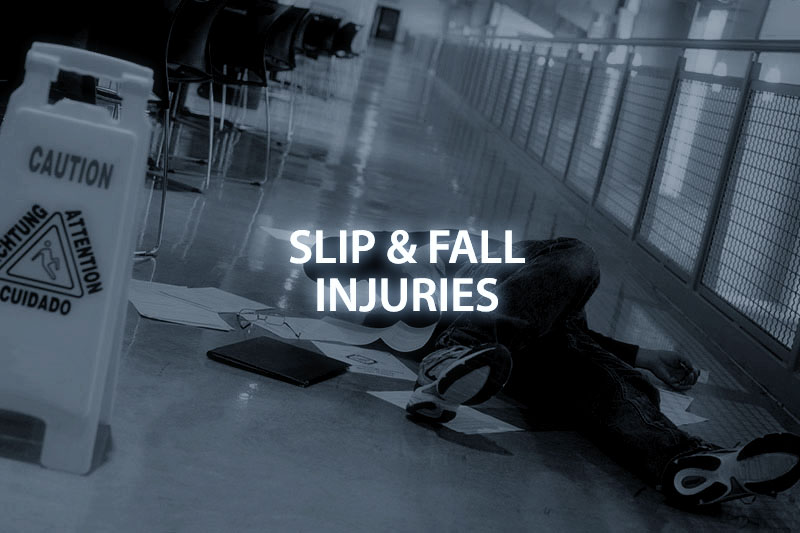Timeliness is of the essence when it comes to pursuing a slip and fall lawsuit in California. While the general statute of limitations is two years, exceptions and nuances can extend or shorten this timeframe. Being aware of these exceptions and consulting with a skilled personal injury attorney promptly can be the difference between securing compensation and forfeiting your right to it. Remember, in legal matters, especially those involving personal injuries, timing indeed matters.
California’s pure comparative negligence rule fairly evaluates and apportions fault in slip and fall cases. It ensures that victims can still recover damages even if they had a part in causing their own injuries, which can be crucial in helping them deal with the financial repercussions of an accident. It also promotes a more balanced legal approach by acknowledging that accidents are rarely straightforward and responsibility is often shared.
These case studies not only resulted in much-needed compensation for the victims but also influenced changes in safety practices. Businesses and property owners are reminded of the importance of diligent maintenance and hazard prevention. Moreover, these cases provide a roadmap for lawyers handling slip and fall claims, emphasizing the mix of legal knowledge, persuasive argumentation, and strategic evidence gathering required for success.
Understanding the complexities of California's slip and fall laws is crucial for those who have suffered injuries in such accidents. The interplay of premises liability, negligence, and the responsibilities of property owners create a legal framework that aims to protect victims while also ensuring fairness. If you or a loved one has been injured in a slip and fall accident, seeking the guidance of a skilled personal injury attorney can help navigate the legal process and fight for the compensation you deserve. Remember, knowledge of your rights and responsibilities is your first step toward justice in the aftermath of a slip and fall accident.

